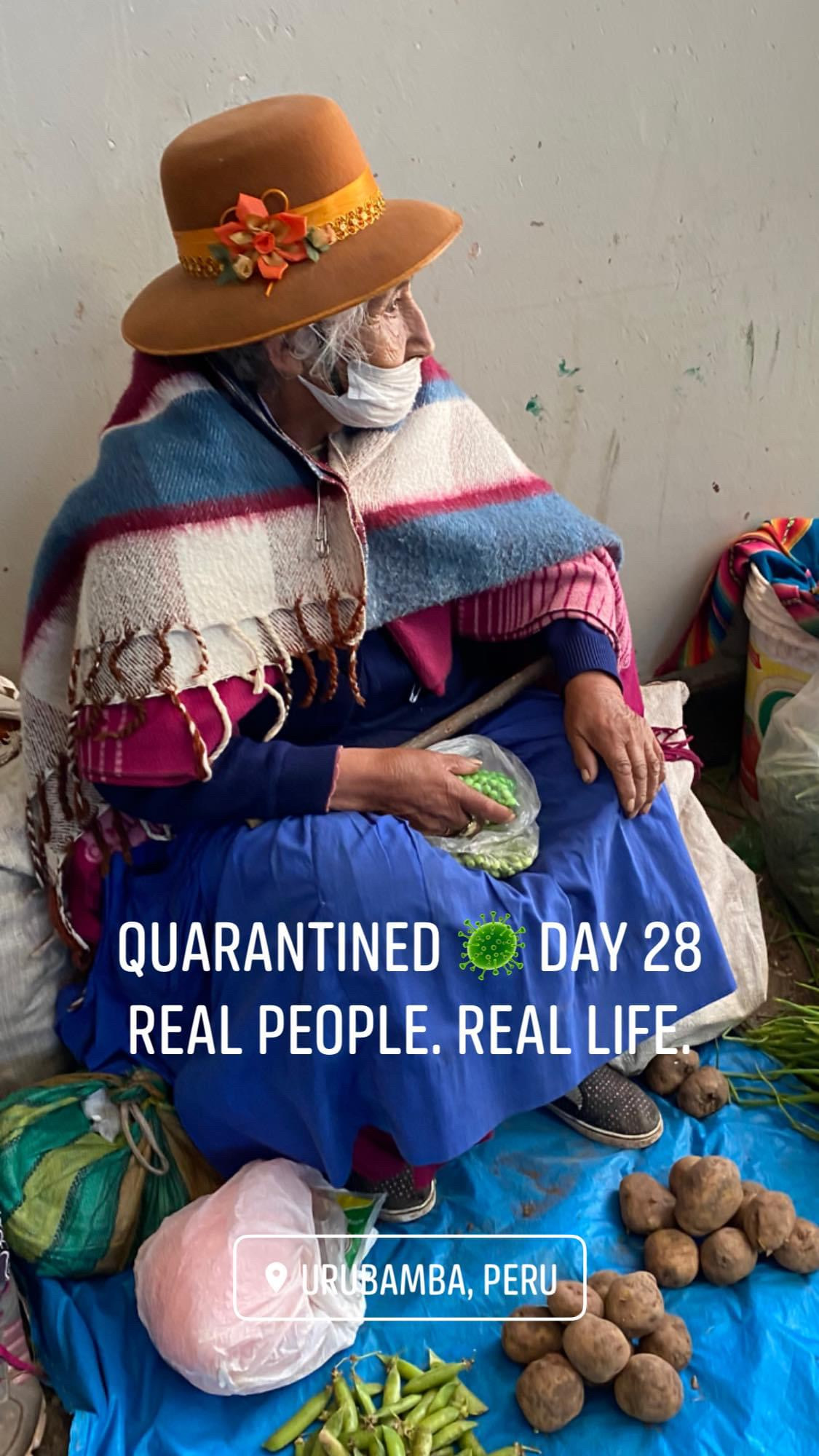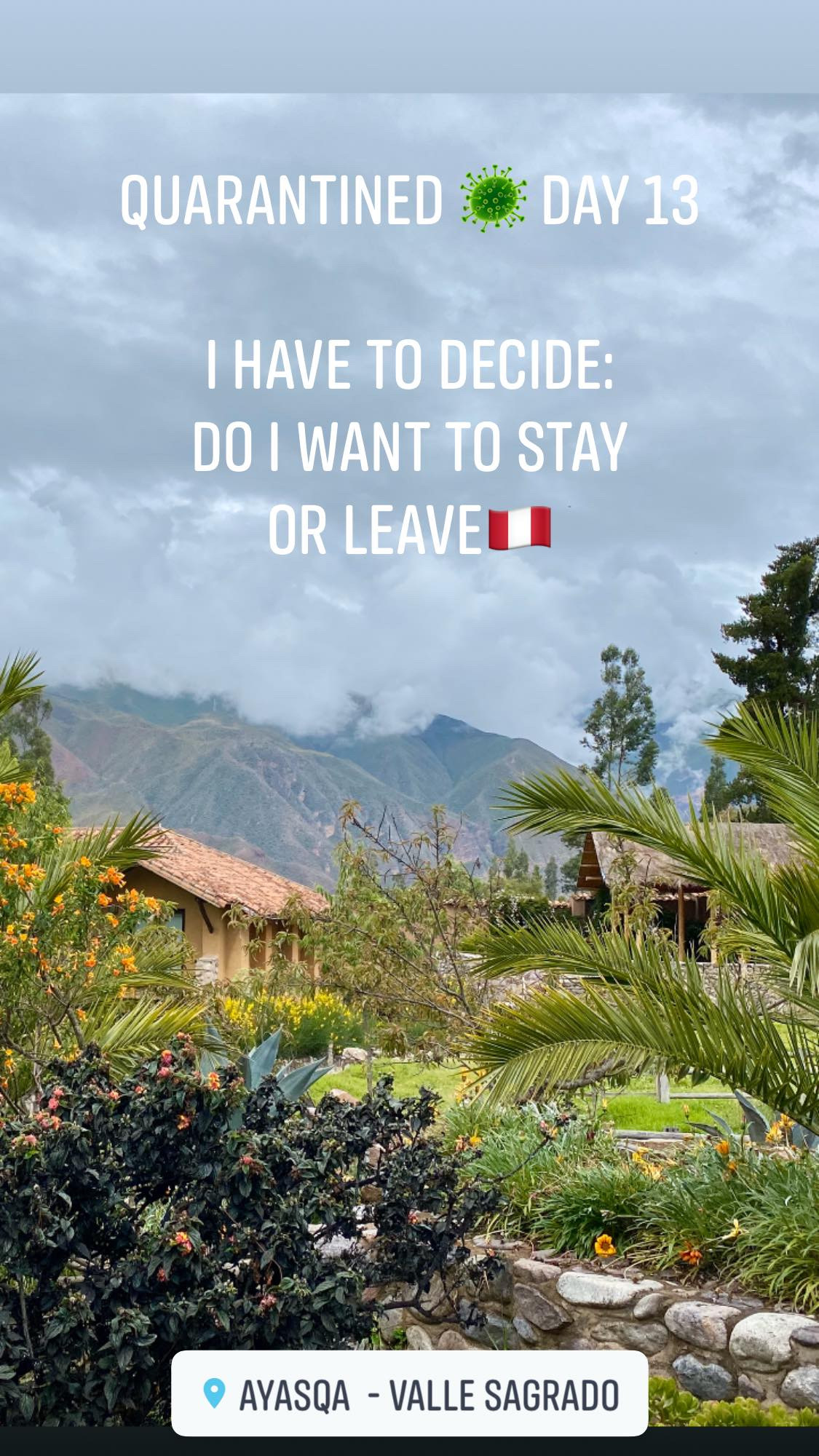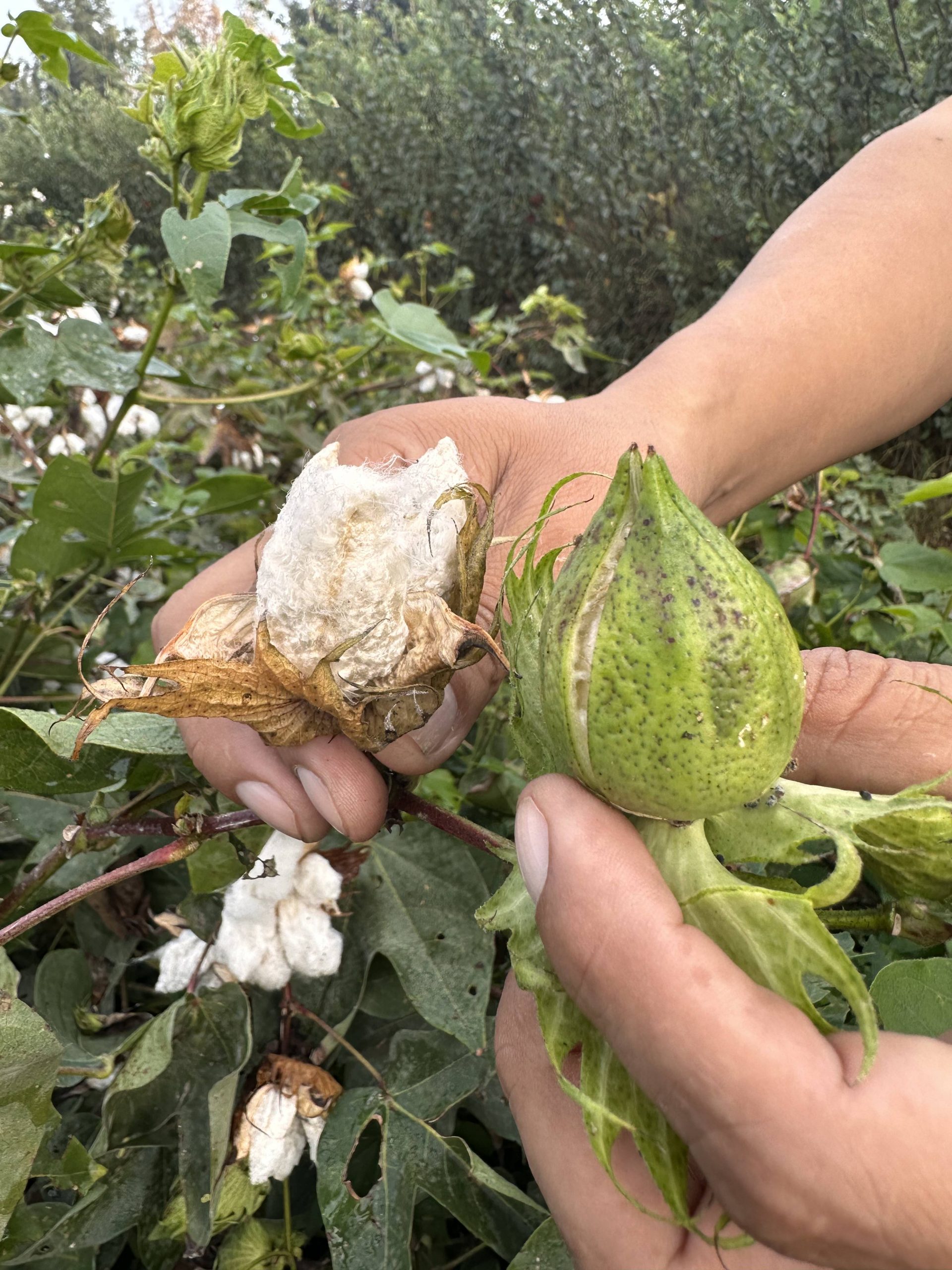Cotton has played an integral role in human civilization for thousands of years, and in Peru, its importance dates back to pre-Columbian times. The ancient cultures of the Andes, including the Nazca, Moche, Inca, and others, cultivated and utilized cotton in various aspects of daily life, social organization, and religious practices. Cotton was not just a material for clothing and textiles but also held symbolic and ritual significance. The evolution of cotton cultivation in ancient Peru is a fascinating journey that intertwines with the development of agricultural knowledge, craftsmanship, and spirituality.
In this article, we explore the multifaceted role of cotton in ancient Peruvian societies and its connection to the spiritual, cultural, and economic fabric of these civilizations. From the textiles used in daily life to those woven for religious rituals, cotton in ancient Peru was much more than a commodity—it was a sacred material deeply embedded in Andean identity.
Cotton: The Fabric of Life in Ancient Peru
Cotton cultivation in ancient Peru dates back to at least 2500 BCE, making it one of the earliest regions to cultivate cotton in the Americas. It is believed that cotton was initially grown in the northern coastal regions of Peru, where the climate was ideal for its cultivation. The Moche, Nazca, and Inca peoples developed sophisticated techniques for harvesting, spinning, and weaving cotton into textiles, which played an essential role in both the domestic and ritualistic spheres of life.
1. Cotton in Daily Life:
In ancient Peru, cotton was woven into fabrics that were used for a wide range of practical purposes:
- Clothing: The most common use of cotton was in the creation of clothing for both everyday use and special occasions. The Inca, for instance, produced garments such as tunics, mantles, and ponchos, which were worn by the general population and the elite. The textiles varied in quality, with the finest garments made from alpaca wooland cotton combined for warmth and durability.
- Bedding and Household Textiles: Cotton was also spun into threads for weaving textiles used in the home. Blankets, mats, and bags were created from cotton, with different patterns and techniques reflecting the craftsmanship of different regions and periods.
- Economic Exchange: Cotton textiles were an essential part of the Inca economy and were often used as currency in barter systems. These textiles were not just an everyday commodity; they were valuable items that could be traded within the empire and beyond.
2. Cotton in Religious and Ceremonial Life:
In addition to its everyday uses, cotton had profound symbolic and ceremonial significance in Andean cultures:
- Ritual Textiles: Textiles were often used in religious ceremonies and rituals. Sacred garments, ceremonial banners, and textiles used in the worship of deities were often woven from cotton and other materials. The Nazca and Moche civilizations, for instance, used cotton for ritual clothing worn by priests or elites during religious offerings and ceremonies.
- Offerings to the Gods: Cotton, along with other materials like gold, silver, and woven textiles, was often included as offerings to the gods. Cotton was seen as a material that held connection to the earth, the Pachamama (Earth goddess), and was believed to be imbued with spiritual power.
- Funerary Textiles: The dead were often buried with textiles as part of burial rituals. The Moche civilization, known for its sophisticated burial practices, included cotton textiles in the tombs of high-ranking individuals, signifying the importance of these materials in life and afterlife.
The Moche and Nazca: Masters of Cotton Artistry
The Moche (100 CE – 800 CE) and Nazca (100 BCE – 800 CE) cultures are particularly renowned for their expertise in cotton weaving and dyeing. These ancient civilizations used cotton to create highly intricate and colorful textiles that held both everyday and ceremonial uses.
The Moche are known for their elaborate textile artistry, which often involved weaving cotton into geometric patterns and creating textiles for use in religious rituals. The Moche also used cotton to create impressive sashes, tunics, and headgear, as well as burial garments for the elite. The Nazca, on the other hand, are famous for their vibrant textile designs, which often featured animal motifs and intricate patterns, created using plant dyes like indigo and cochineal.
Both of these cultures left behind significant examples of cotton textiles in their tombs, which have provided scholars with insights into the weaving techniques, artistic traditions, and ritual practices of ancient Peru.
The Inca Empire: Cotton as a Symbol of Power
When the Inca Empire rose to power (1438 CE – 1533 CE), the use of cotton became more highly regulated. The Inca state had a state-run economy in which textiles, particularly cotton garments, played a key role in maintaining social order. The state organized labor to produce textiles for both practical and ritual uses, and it controlled the distribution of these textiles.
Cotton garments were highly symbolic in Inca society, with the highest quality textiles reserved for royalty and priests. The Inca ruler, or Sapa Inca, was considered the son of the sun and wore elaborate clothing made from the finest materials, including cotton. These garments were often embroidered with designs that represented cosmic order and were intended to communicate the wearer’s divine status.
The Legacy of Cotton: Continuation in Modern Peruvian Textiles
Today, cotton continues to play an important role in Peruvian textile traditions. Indigenous communities in the Sacred Valley and highland regions continue to cultivate and weave cotton into textiles using traditional methods passed down through generations. These artisans blend cotton with alpaca wool and sheep wool to create a range of textiles that include clothing, blankets, and ceremonial textiles.
Many modern brands, like Pima Prima, are working to integrate traditional weaving and dyeing techniques into contemporary fashion, focusing on the importance of sustainability and cultural preservation. This blending of old and new ensures that the legacy of cotton in Peru continues to thrive, preserving the ancient practices while adapting to the needs of today’s global market.
Museums and Collections in Peru: Exploring the Role of Cotton in Ancient Peru
Several museums in Peru offer a deeper understanding of how cotton was used in ancient Peruvian societies. These institutions hold vast collections of ancient textiles, including cotton garments and ritual items, and provide rich historical insights into the role of cotton in the culture and daily life of pre-Columbian civilizations.
- Museo Nacional de Arqueología, Antropología e Historia del Perú (National Museum of Archaeology, Anthropology, and History) – Lima
- This museum houses an extensive collection of textiles, including examples from the Moche, Nazca, and Inca cultures. These textiles provide evidence of how cotton was used in daily life and ceremonial rituals.
- Museo Larco – Lima
- Museo Larco is renowned for its collection of pre-Columbian art, including beautifully preserved textiles. The museum’s collection showcases the sophisticated weaving techniques and use of cotton in ancient Peru.
- Museo de Arte de Lima (MALI) – Lima
- This museum features a vast array of pre-Columbian artifacts, including textiles from the Nazca, Moche, and Inca civilizations. Visitors can explore the role of cotton in the artistic and ceremonial traditions of these cultures.
- Museo Inka – Cusco
- Located in the heart of the ancient Inca Empire, this museum showcases the importance of textiles in Inca society, including those made from cotton. The collection highlights the role of cotton garments in both daily and ritual life.
- Museo de la Nación – Lima
- This national museum houses a wide variety of pre-Columbian textiles, including cotton garments used by various ancient cultures across Peru. The collection provides valuable context for understanding the socio-economic and ceremonial role of cotton.
Books for Further Exploration
- “The Art of the Andes: From Chavín to Inca” by Rebecca Stone-Miller
- This book provides an in-depth exploration of the textile traditions of the Andes, with a focus on the role of cotton in pre-Columbian societies.
- “Andean Textile Arts” by Nilda Callañaupa Alvarez
- A comprehensive guide to Andean textile traditions, including the cultivation and use of cotton in ancient Peru.
- “The Moche: A Culture of the Peruvian North Coast” by Christopher B. Donnan
- This book explores the Moche civilization, including their advanced textile production techniques and the role of cotton in their society.
- “The Nazca” by Helaine Silverman
- An exploration of the Nazca civilization, including their textile arts and the use of cotton in their vibrant designs.
Cotton played a central role in the daily life and rituals of ancient Peru, serving as a vital material for both practical and ceremonial purposes. From the intricate textiles woven by the Nazca and Moche to the regal garments of the Inca, cotton was a symbol of identity, power and spirituality.
Today, the legacy of cotton in Peru continues to inspire modern artisans and fashion designers, ensuring that the rich textile traditions of the Andes endure. Through museums, books and research, we can continue to learn from the ancient peoples of Peru and appreciate the lasting impact of cotton in their society.



